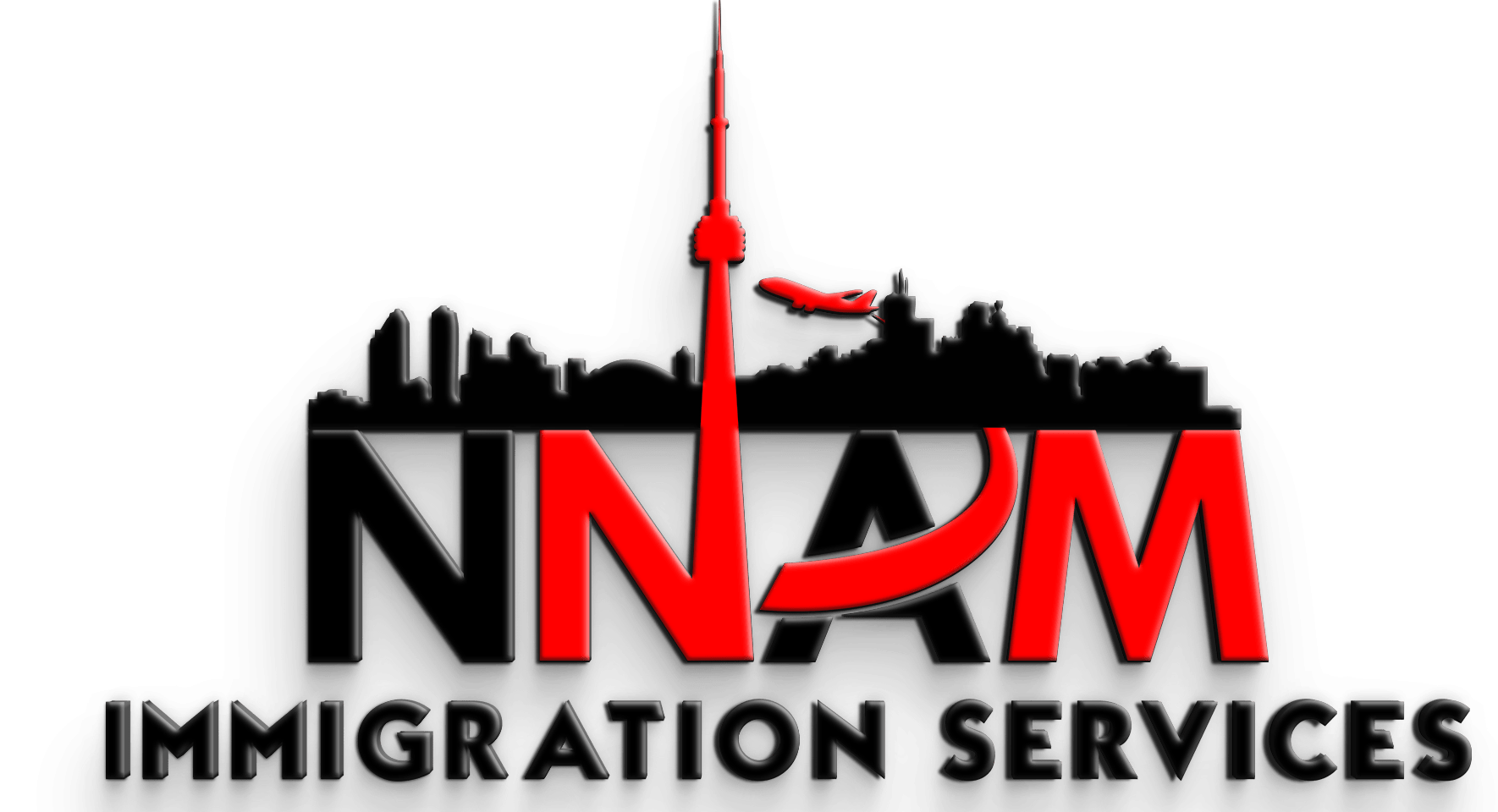
Work Permit
Canada give opportunity to thousands of foreign workers to work here every year. It has over 100 different work permit options for global talent and employers.
Canada operates the Temporary Foreign Worker Program (TFWP) and the International Mobility Program (IMP). The difference between the two programs is the TFWP requires a labour market test, known as the Labour Market Impact Assessment (LMIA).
The purpose of the LMIA is for employers to demonstrate to the Canadian government that the hiring of a foreign worker will not have a negative impact on Canada’s existing workforce. The federal department of Employment and Social Development Canada (ESDC) wants to ensure that the hiring of foreign workers will not displace existing workers in Canada nor place downward pressures on their wages. Workers that need an LMIA fall under the Temporary Foreign Worker Program (TFWP).
Although the LMIA process is the rule, there are many different LMIA-exempt work permits, resulting from free trade agreements, such as the former North American Free Trade Agreement, now known as the Canada-United States-Mexico Agreement, or CUSMA. These free trade agreements enable foreign workers to apply for a work permit without their employer having to obtain an LMIA. In addition to these employers sponsored work permits, there are a number of work permit options available to foreign workers who do not yet have a job offer, including working holidays, post-graduate work permits, and open spousal work permits. Workers who do not need an LMIA fall under the International Mobility Program (IMP).
Canada’s work permit options can be difficult but we seek to make it as easy for you as possible. NNAM Immigration have a team of experts who will find right option for your matching skill. Get in touch with us to explore more.

